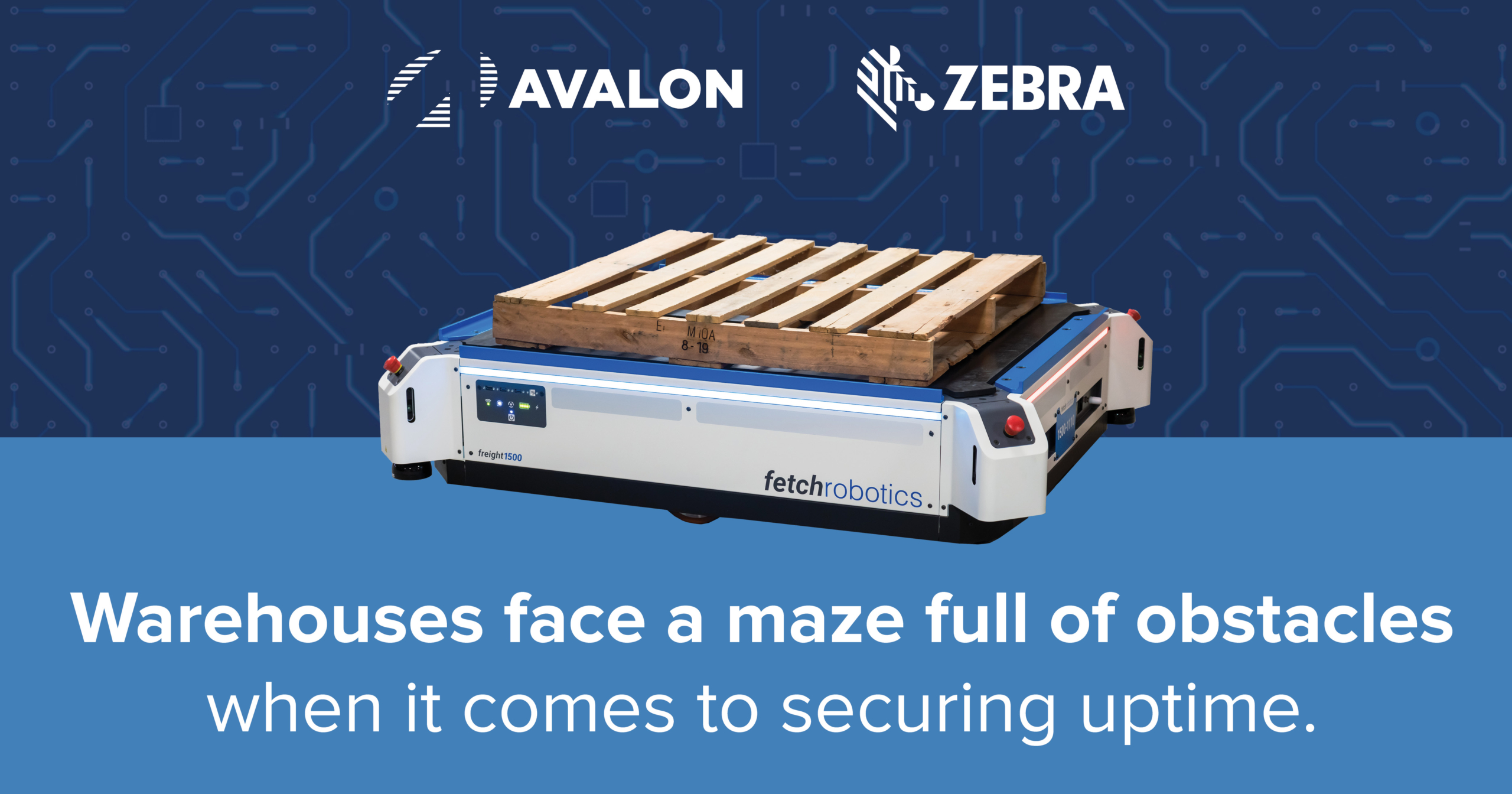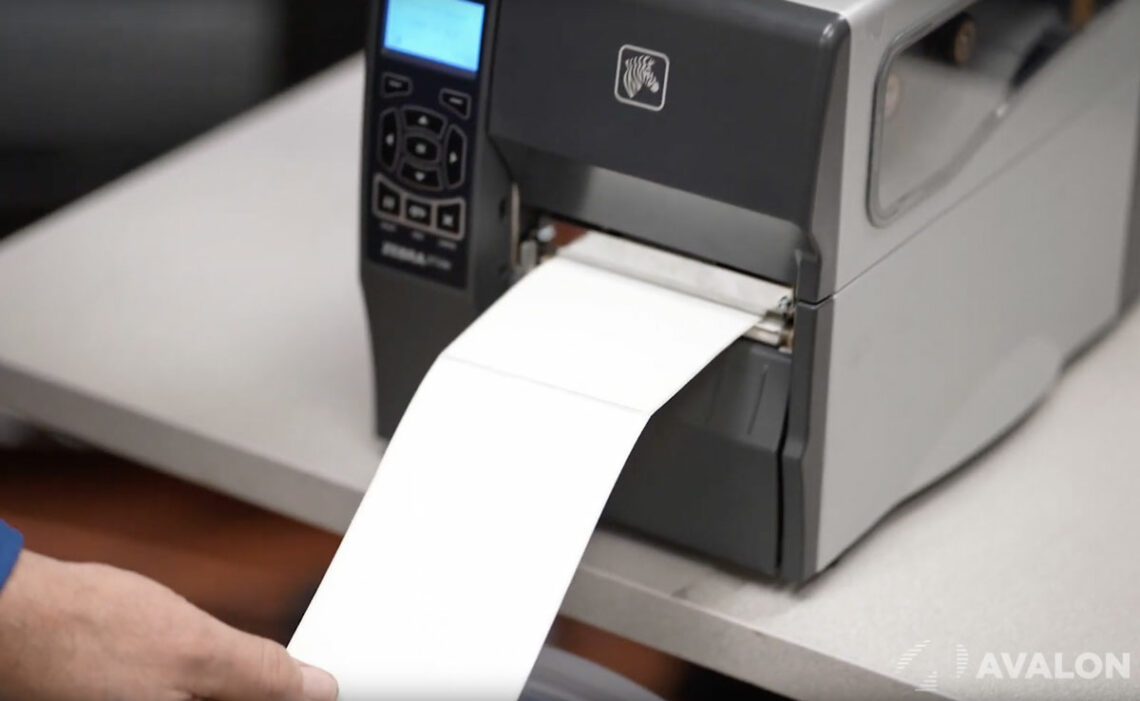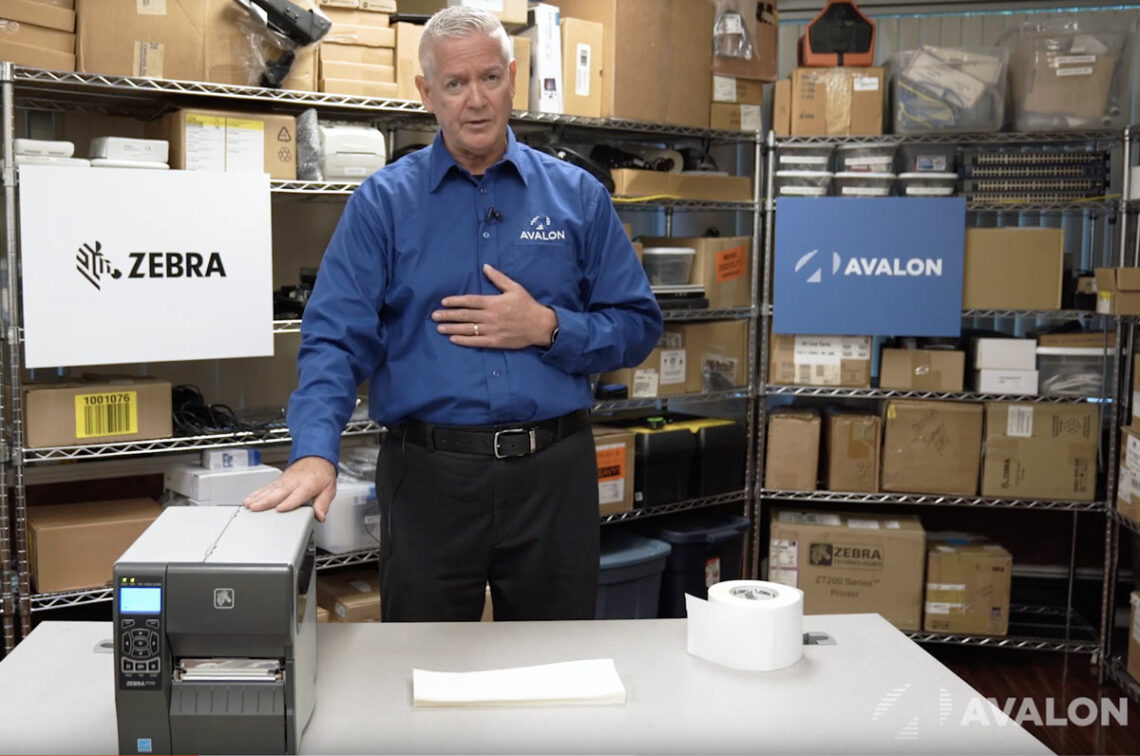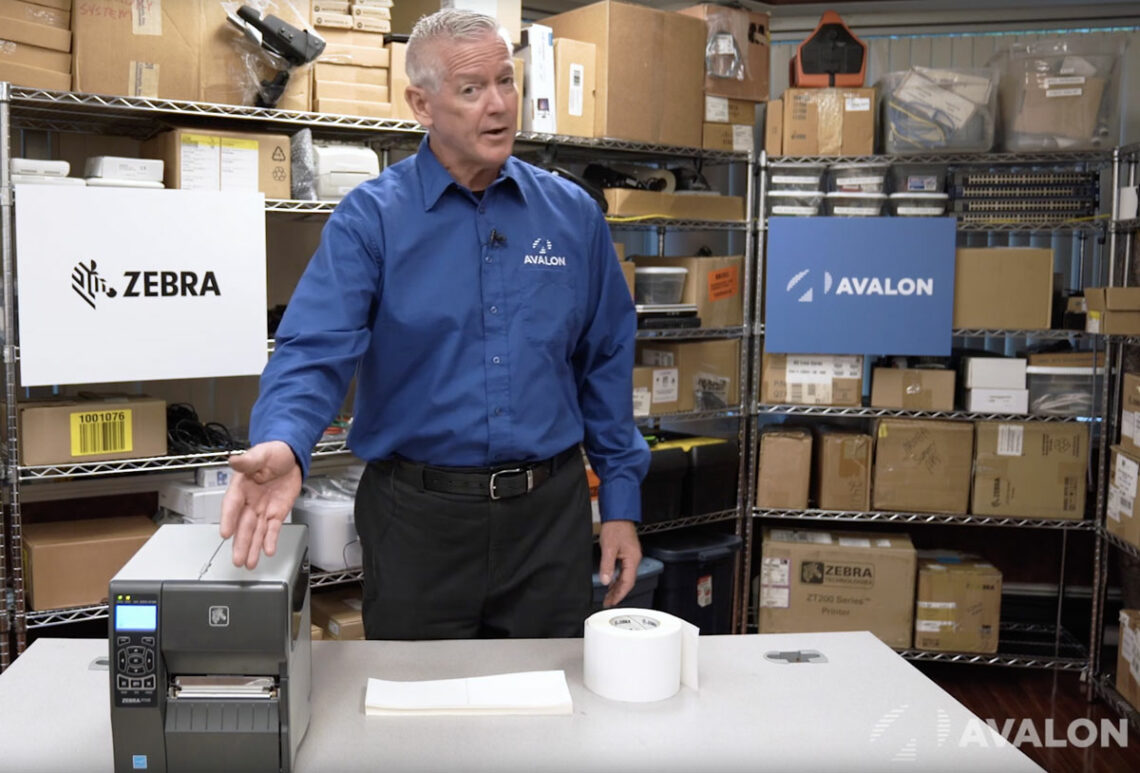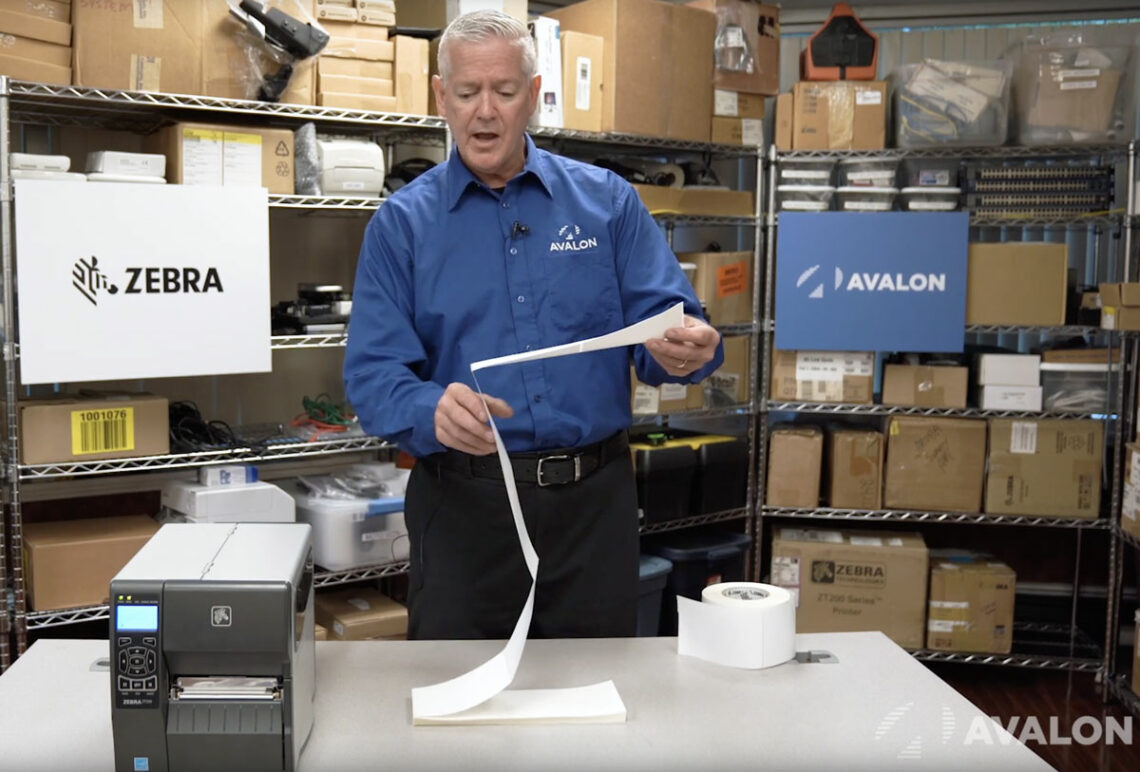When facing the stringent conditions of today’s modern warehouses, most operators agree that consumer-grade devices will only set back productivity. Prone to breakdowns and digitally rigid, personal devices cannot keep up with the kind of high-volume data processing common in today’s distribution centers. However, consumer-grade devices have retained user favor in supply chains due to their ease-of-use. Studies conducted by leading tech innovators have shown that 69% of IT decision makers see bring-your-own-device policies as a beneficial strategy to their operations. With labor turnover rates surpassing 40% in American distribution centers, familiar technologies prove beneficial by reducing training expenses and ensuring faster productivity. However, a lack of proper durability can increase costs by instigating…
- Recurrent replacement and repair costs
- Complex software and app integration processes
- Compromised security parameters that endanger data safety
Modern-day technologies strive to combine familiar usability with robust functionalities, reducing operational costs. A prime example of this is Zebra’s newest Enterprise Tablet, the ET40/45. Like its predecessors, the new tablet streamlines push-to-talk capabilities, intense scanning, and real-time visibility within an Android interface. Upon a closer inspection, it’s easier to see the effects of today’s challenges on technological advancements.
Not like other tablets
Zebra’s previous tablets have always been crafted with durability and adaptability in mind to deliver versatile usage in different environments like distribution centers, cold storage units, and busy transportation teams. However, today’s push for faster productivity within dwindling labor pools have led tech players to leverage features such as:
- 5G Connectivity and WiFi 6 – Dropped signals and dead zones halt productivity while isolating workers from receiving timely stock updates. To prevent communication gaps across the facility, newer, stronger connectivity options are now included in the new tablet.
- Mobile POS options – As tablets now find their ways into the storefront in addition to inventory rooms and loading docks, the ET40/45 includes a mobile POS system to enable line busting through the same device used for inventory tracking and stock counting. This breaks down high adoption rates by streamlining crucial workflows through one standard device.
- Multi-shift batteries – With the promise of same-day delivery comes longer work hours which demand longer lifecycles from your devices. As a result, Zebra’s new tablet incorporates hot-swappable batteries in its sleek design to deliver constant power across multiple shifts. Moreover, with the help of PowerPrecision, workers can spot failing and unhealthy batteries and remove them before they affect workflows.
Take a closer look into the ET40/45’s new highlights here.
As shortages continue to challenge the supply chain, automation solutions must fine the fine line between user-friendly and enterprise-ready. Compromise on either of these factors can lead to missed sales, damaged consumer trust, rising operations costs, or stressed workers. Consequently, experts still recommend assessing your current workflows with an automation specialist to verify your employees’ level of comfortability alongside current warehouse demands. In doing so, operations can best accommodate future demands with flexible solutions for continuous enterprise success.


